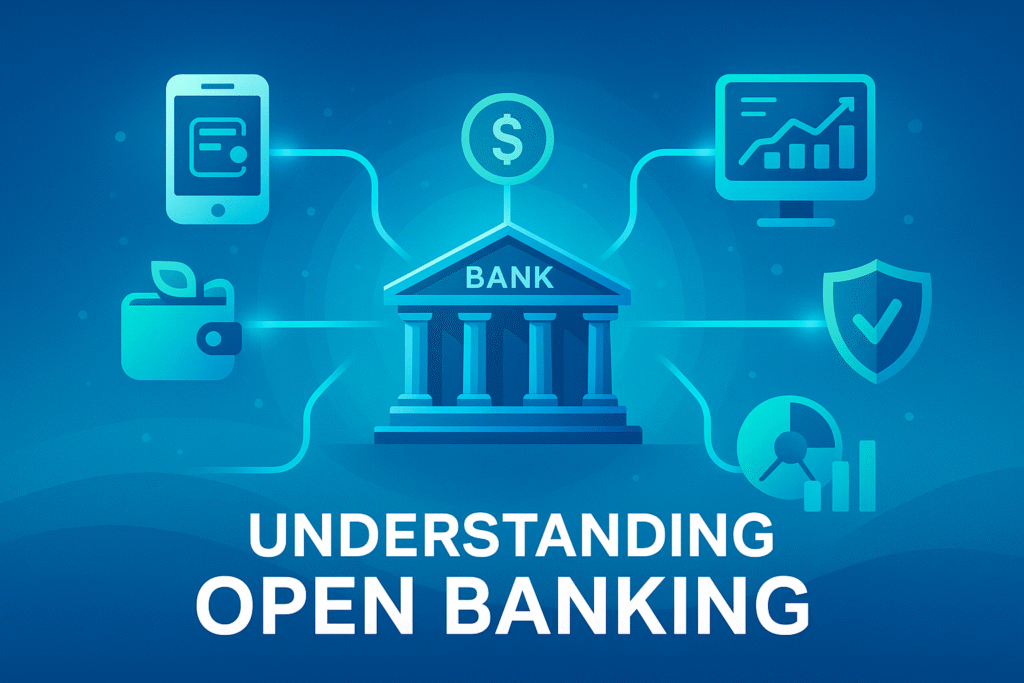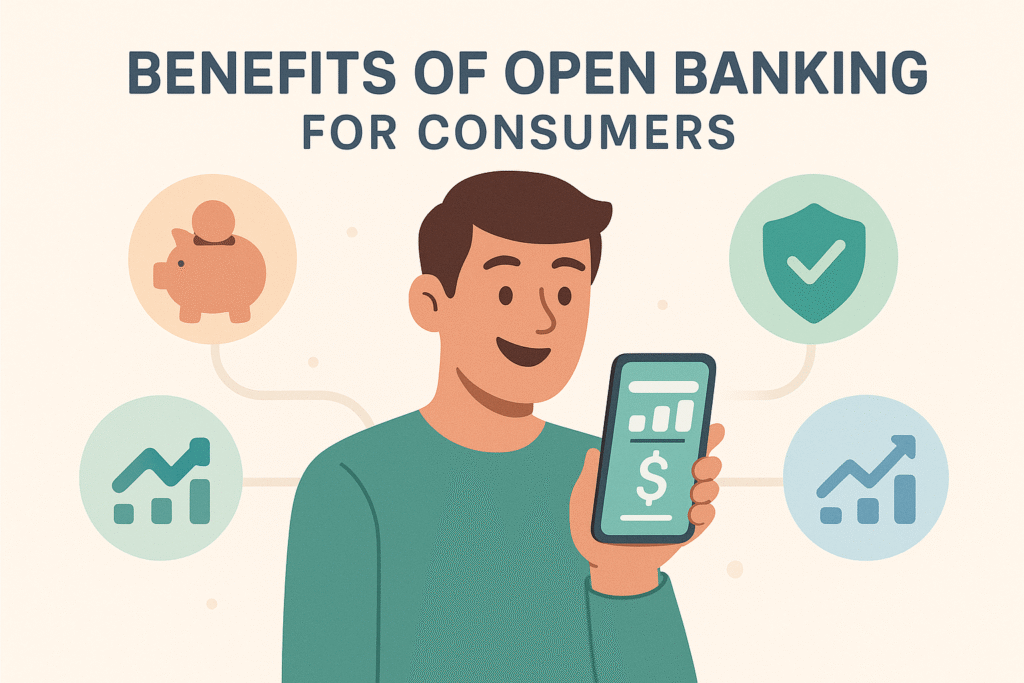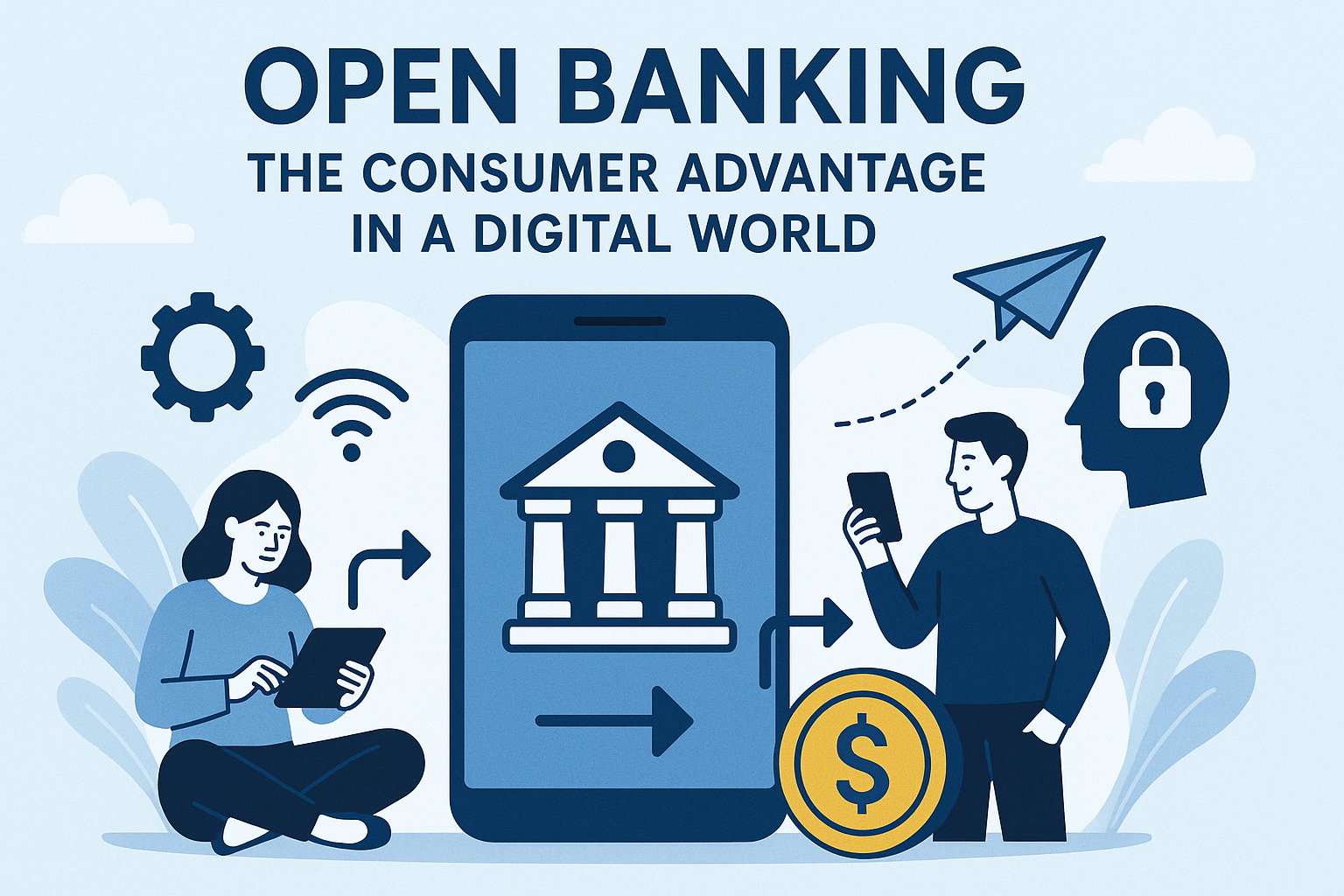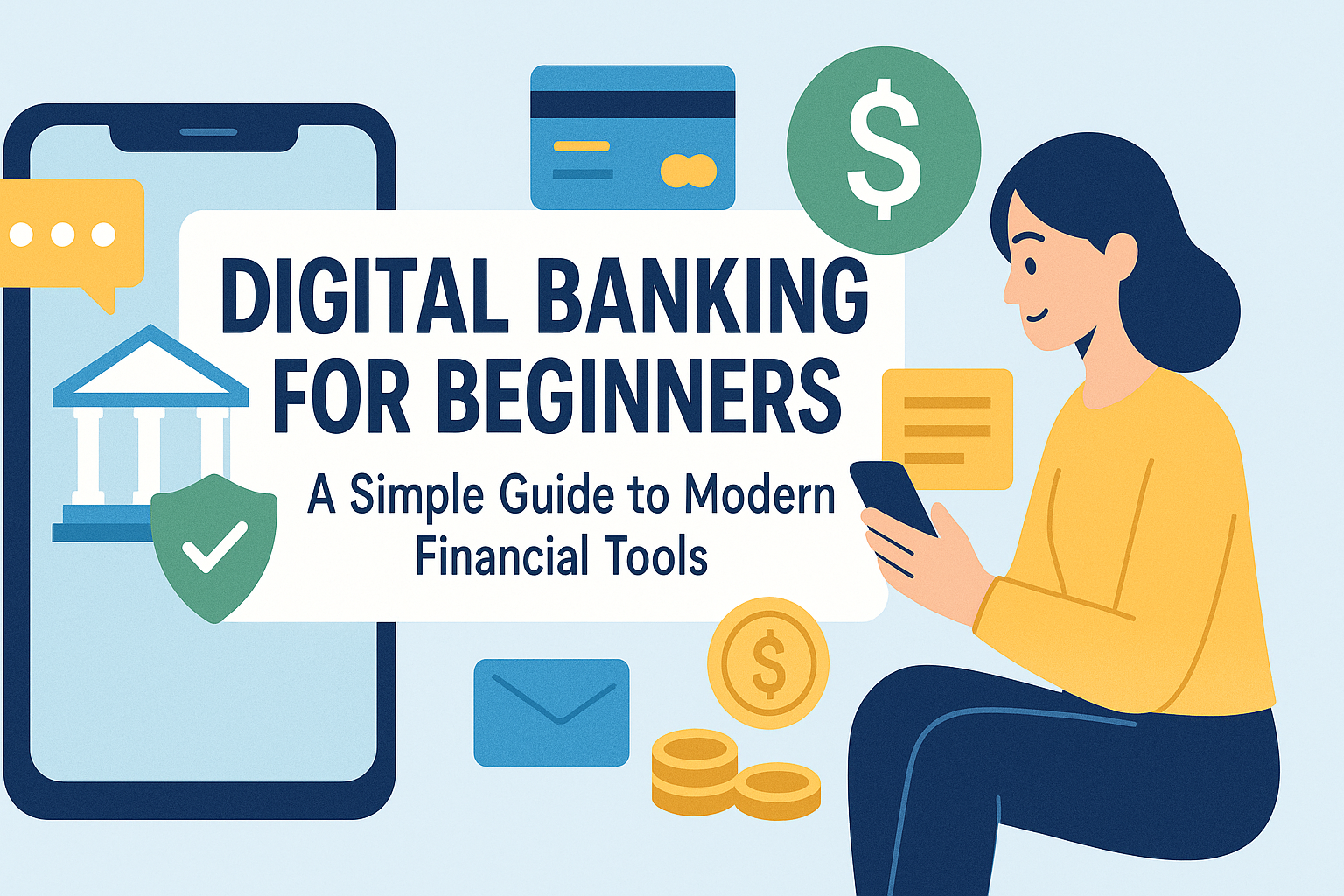Imagine a world where your financial life is seamlessly connected, giving you unprecedented control and understanding of your money. This is the promise of open banking, a revolutionary shift in the financial landscape that empowers consumers like never before. But what are the benefits of open banking for consumers? Originating in response to the need for greater transparency and competition in the banking industry, open banking leverages technology to break down traditional barriers, inviting a new era of financial innovation and consumer choice.
At its core, open banking involves banks and financial institutions sharing customer data with third-party developers via APIs, enabling the creation of tailored financial products and services. Rooted in regulatory changes and technological advancements, this approach has rapidly evolved, with key stakeholders including banks, fintech companies, and regulatory bodies. Together, these players are shaping a new ecosystem designed to enhance consumer experience and broaden access to financial services.
This article will explore how open banking works, its advantages for consumers, and the accompanying challenges and future prospects. From improved financial management tools to the potential for increased market competition, we will dive into the multifaceted world of open banking. Helping you understand and leverage its benefits in today’s digital economy.
Understanding Open Banking

Open banking represents a significant evolution in the financial services industry, offering numerous advantages for consumers. To explore how open banking is shaping the financial landscape in 2025, consider reading our article on Open Banking in 2025: What It Means for Consumers and Businesses. By enabling the secure exchange of financial data, open banking enhances the consumer experience through a more personalized and integrated banking ecosystem. It provides consumers with a broader array of financial services and products. This seamless integration is spearheaded by standardized application programming interfaces (APIs), which ensure that banks can share consumer data securely with authorized third-party providers, such as fintech companies. As a result, open banking promotes innovation and competition, ultimately providing consumers with an enriched and tailored financial management experience, including convenient service comparisons and bespoke financial advice.
Definition and Overview
Open banking is a transformative system that facilitates the secure sharing of consumers’ financial data with third-party providers, primarily through standardized APIs. This approach allows for real-time data exchange among banks, fintech companies, and other financial institutions, resulting in a more connected and efficient financial ecosystem. The underlying technology fosters competition, innovation, and consumer empowerment by ensuring secure interoperability between various players in the banking ecosystem. Open banking refocuses the industry towards greater transparency and exceptional customer experiences, enabling the development of more personalized banking solutions. By granting customers control over who accesses their data and for what purpose. Open banking is reshaping the financial landscape in a way that is fundamentally beneficial to users.
For more about open banking regulations, click here.
Historical Context and Evolution
The evolution of open banking can be traced back to significant regulatory changes in Europe, notably the introduction of the Payment Services Directive 2 (PSD2) in 2015. This directive marked the start of open banking by mandating that financial institutions in the UK and the EU allow third-party providers access to customer data through APIs, thus promoting consumer empowerment and enhancing financial services through secure interoperability. Prior to open banking, financial institutions maintained exclusive control over user data, restricting consumers’ ability to share their banking information. However, with the advent of open banking, there is now a shift towards open finance models that promote data sharing and transparency. As these frameworks evolve, emerging technologies such as artificial intelligence and blockchain are expected to bolster the security and innovation of open banking.
To explore more about PSD2, visit this link.
Key Players and Stakeholders
The successful deployment of open banking involves a collaborative effort among various stakeholders, including traditional banks, fintech companies, and third-party service providers. This collective partnership fosters innovation and reshapes financial services to offer enhanced consumer experiences. The UK’s Competition and Markets Authority (CMA) is instrumental in overseeing the open banking initiative, ensuring that certain banking providers comply with regulations aimed at protecting consumer interests.
The collaboration facilitated by open banking promotes the development of new financial products and services that benefit consumers and small businesses alike. By leveraging secure API technologies, third-party applications can safely access financial data shared by banks and consumers, enabling new customer journeys and business models. Such innovations include payment gateways that aggregate various services, thereby enhancing consumer satisfaction and broadening financial inclusion.
Understanding the differences between neobanks and traditional banks can provide insight into the evolving roles of these institutions in the open banking ecosystem; learn more in our comparison article Neobank vs. Traditional Bank: Which is Right for You?.
For more about the CMA’s role, click here.
How Open Banking Works

Open banking is a transformative approach that changes how consumers and businesses manage their financial information. By using standardized application programming interfaces (APIs), this concept allows users to securely authorize third-party financial service providers to access their financial transaction data. This process eliminates the need for traditional data sharing methods like screen scraping or sharing of login credentials, which can pose security risks.
Instead, it creates a more integrated financial ecosystem where data can be shared in real time between banks, fintech companies, and financial institutions, provided there is explicit consumer consent. This seamless data exchange has paved the way for embedded finance, where non-financial brands integrate banking services directly into their platforms; explore this concept further in our article What is Embedded Finance? How Brands Are Becoming Banks. Open banking not only increases the transparency and accessibility of financial services but also empowers customers by providing them with innovative financial solutions tailored to their needs.
The Role of APIs in Open Banking
APIs are the backbone of open banking, facilitating secure and standardized exchanges of data. They allow financial institutions to share customer financial data with authorized third-party providers without revealing sensitive details such as system architecture. This seamless integration means that third parties can develop applications and services that improve the customer experience through personalized financial products and insights. Financial institutions implement API endpoints using set standards like FDX, which ensures data is accessed through strict authorization controls. These APIs also feature detailed auditing capabilities, allowing banks to enforce fine-grained access to data, thereby maintaining control over what information third parties can access. APIs are generally categorized into Data APIs, Transaction APIs, and Product APIs, each designed to handle unique tasks such as accessing account data, enabling transactions, and showcasing financial products.
To learn more about API standards in open banking, visit the Financial Data Exchange.
Data Sharing and Access
Open banking brings enhanced security and controlled access to customer banking data through APIs, allowing third-party service providers to offer tailored and personalized services. By granting their bank authorization, customers can have their financial data securely shared with third-party applications, bypassing the need for less secure methods like screen scraping. This improved method allows digital banking platforms to present a consolidated view of a consumer’s financial situation, transcending individual bank accounts to offer comprehensive insights into overall financial health. Open banking enhances transparency and customer empowerment by offering convenient access to curated financial products.
For guidance on managing your data in open banking, see our post on financial data security.
Regulatory Framework and Compliance
Open banking operates within a complex regulatory landscape that varies across countries and jurisdictions. These initiatives must comply with evolving rules and standards to ensure that all parties involved adhere to robust security and data protection measures. In the European Union, the PSD2 (Revised Payment Services Directive 2) is a cornerstone of the regulatory framework, demanding strong customer authentication and stringent data handling standards for both banks and third-party providers.
Although the United States lacks a specific open banking regulatory framework, activities related to open banking are subject to existing financial regulations and data protection laws under the oversight of federal agencies such as the OCC, Federal Reserve, and CFPB. Financial institutions and third-party providers must navigate these complex compliance requirements to protect consumer rights effectively. Organizations like the Financial Data Exchange (FDX) play a pivotal role in the U.S., aiding in the standardization of practices for secure financial data exchange, further buttressing the regulatory environment.
For more on regulatory compliance, check this page.
Benefits of Open Banking for Consumers

Open banking is revolutionizing the way consumers interact with financial institutions by providing them with greater control, transparency, and a wider range of financial products. By utilizing secure application programming interfaces (APIs), open banking allows consumers to access a multitude of services from various providers seamlessly integrated into their banking ecosystem.
This innovative model empowers consumers to improve their financial health, manage their finances more efficiently, and enjoy a more personalized customer experience. Through robust banking technology and regulatory frameworks, open banking initiatives ensure secure access to financial data, promoting competition and innovation in the financial services industry.
For consumers, the benefits of open banking extend beyond mere convenience, offering them tangible improvements in financial management, cost savings, and accessibility to new and innovative banking solutions. For those new to digital banking, our beginner’s guide offers a straightforward overview of modern financial tools enabled by open banking: Digital Banking for Beginners: A Simple Guide to Modern Financial Tools.
Enhanced Financial Control and Transparency
Open banking significantly enhances financial control for consumers by allowing them to share their transaction data securely with third-party providers through advanced APIs. This access to a broader range of financial services and applications enables consumers to gain deeper insights into their financial situation and make informed decisions.
Transparent data sharing under open banking means consumers have explicit consent over who can access their financial data, resulting in better financial management. By dismantling data silos, open banking ensures real-time access to financial information across multiple platforms, fostering a more connected and efficient financial ecosystem.
This seamless data interoperability empowers consumers, driving competition and innovation, and leading to the development of personalized financial products tailored to individual needs. As open banking continues to evolve, leveraging advanced tools for tracking financial trends becomes increasingly important for informed decision-making; discover some of the top tools in our article The Best Tools for Tracking Stock Market Trends in 2025.
For more on financial control and transparency, read here.



